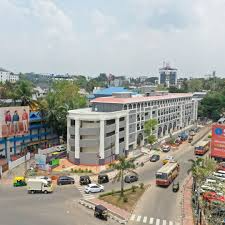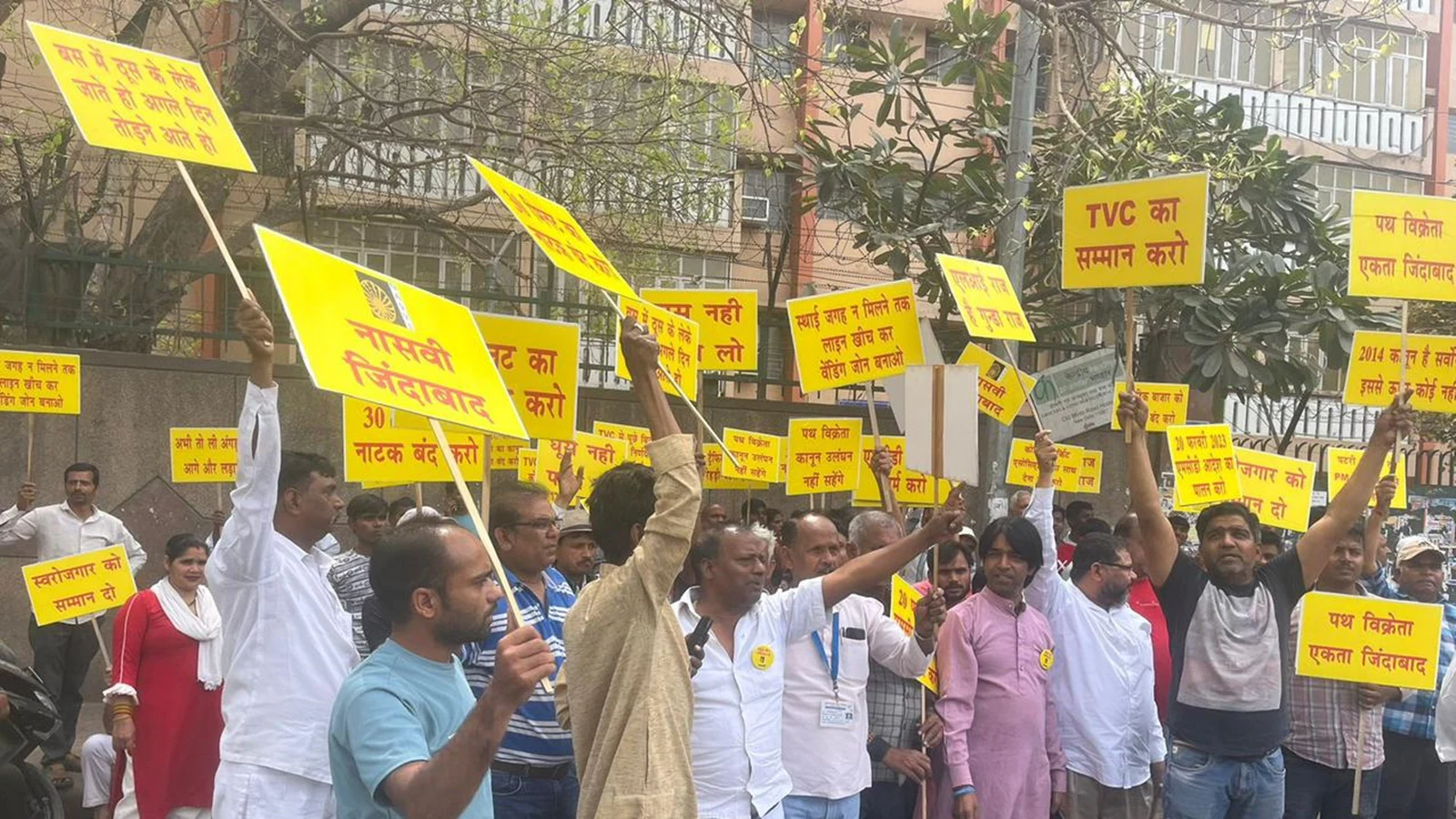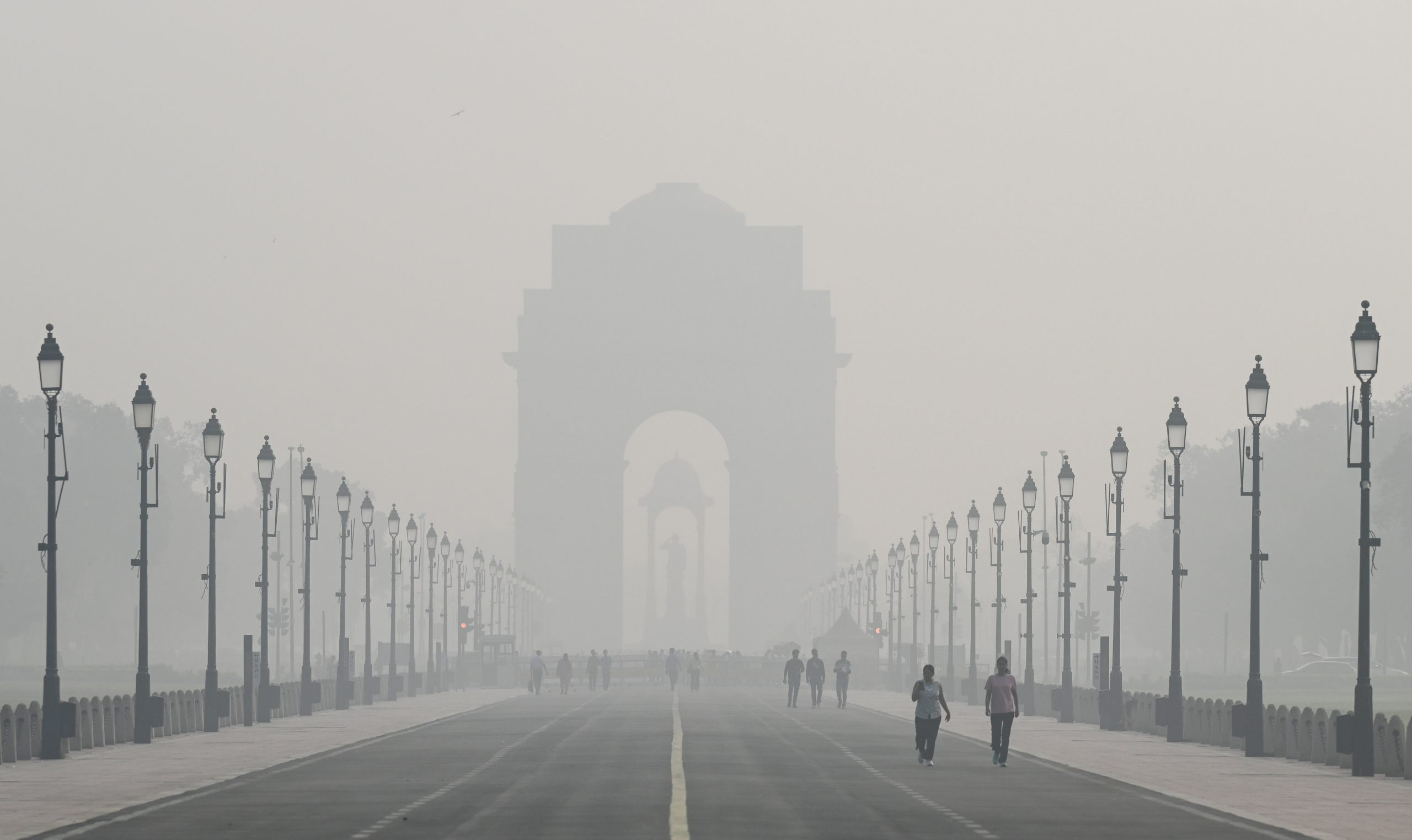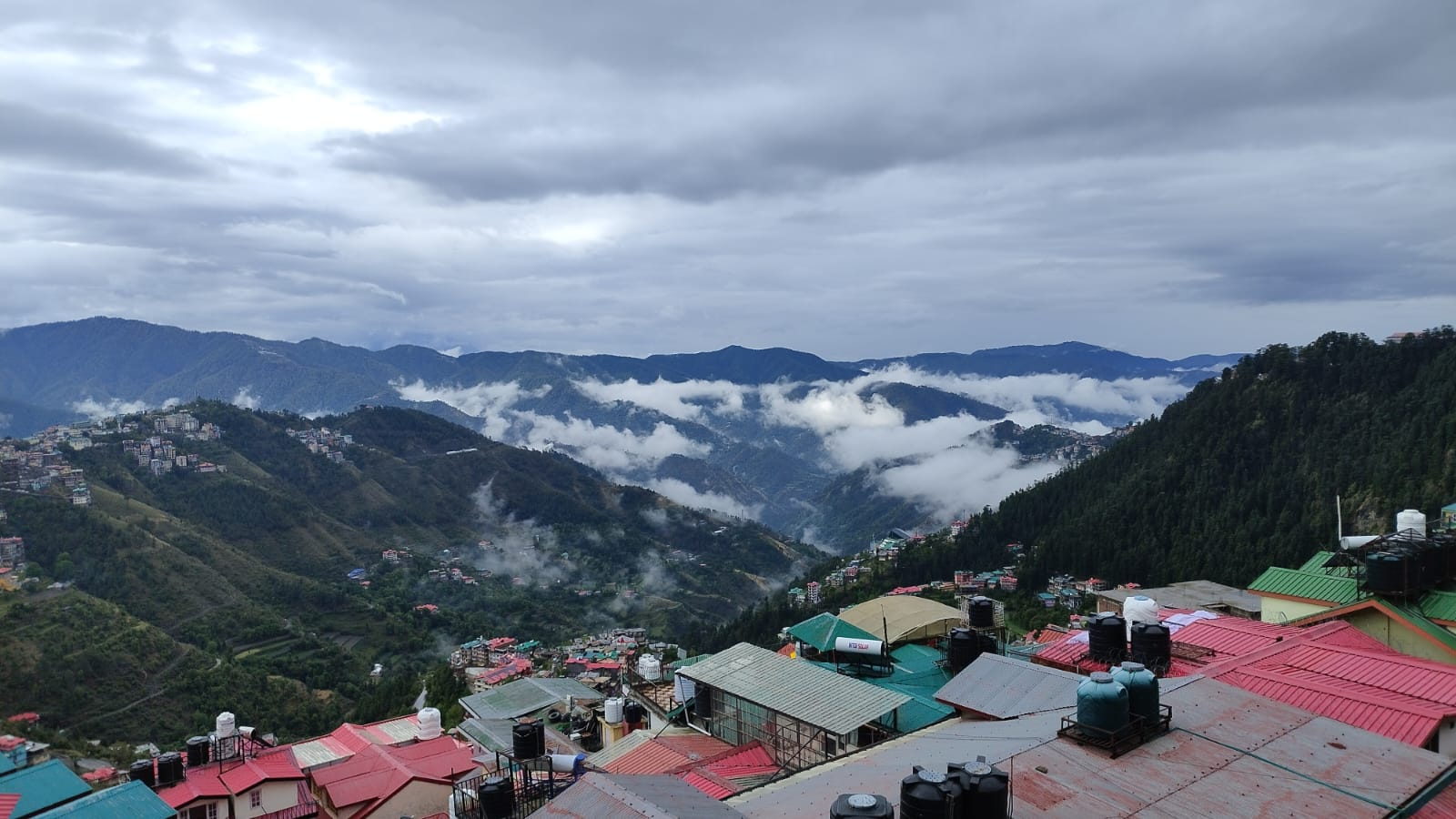Haryana-Jhajjar 4.4 quake triggers school safety drills in Delhi‑NCR
4.4 Magnitude Jhajjar Earthquake Jolts Delhi NCR, Sparks School Safety Drills and Public Awareness
A moderate earthquake measuring 4.4 on the Richter scale struck near Jhajjar, Haryana, early Wednesday morning, triggering tremors that were widely felt across Delhi NCR. While the quake caused no reported damage or injuries, it sent shockwaves both geological and psychological through the National Capital Region, prompting schools to initiate immediate emergency protocols and reigniting urgent conversations about urban seismic preparedness.
The quake, which occurred just after 9 00 AM, originated approximately 10 kilometers underground, making it a relatively shallow event. This shallow depth contributed to the sudden intensity felt by millions across the region, even though the magnitude was moderate. People in residential complexes, offices, schools, and metro stations reported feeling jolts that lasted between 5 and 10 seconds, enough to create a moment of panic and disruption.
While seismic activity is not unusual in northern India, which sits along active tectonic boundaries, the event was a sharp reminder of the region’s vulnerability. Delhi NCR lies in Seismic Zone IV, a classification that denotes a high risk area for earthquakes. Despite several smaller quakes over the past decade, many residents still underestimate the threat, often dismissing minor tremors as mere coincidences. However, the widespread sensation of Wednesday’s quake disrupted that complacency, especially in educational institutions.
Schools React Swiftly with Safety Drills
One of the most commendable aspects of the response came from schools across Delhi, Gurugram, Noida, and Faridabad, which activated earthquake evacuation protocols within minutes of the tremors. Teachers led students in orderly lines out of classrooms into designated assembly areas, while administrative staff ensured that no one was left behind. For many schools, this marked the first real time test of earthquake drills that had previously only been practiced during mock sessions.
In some campuses, safety officers ran through checklists, verifying emergency kits, communication lines, and exit routes. Students were reminded of the "Drop, Cover, and Hold On" method, and many were commended for their calm behavior. For school authorities, the quake underscored the importance of investing in safety education and infrastructure, particularly in older buildings that may not be seismically reinforced.
A Wake Up Call for Urban Preparedness
Even though the earthquake caused no visible damage, experts argue it was a "useful jolt" in a literal sense. It offered a rare chance to test real time readiness without the devastating aftermath of a major disaster. Emergency management experts have long warned that Delhi’s aging infrastructure, high population density, and loosely enforced building codes make it particularly vulnerable in the event of a stronger quake.
This event has also renewed calls for mandatory seismic audits of public buildings, including schools, hospitals, and government offices. Many civic authorities and private institutions are now re evaluating their disaster preparedness policies. Retrofitting structures, educating staff, and installing seismic sensors are being discussed more seriously, rather than as checkbox obligations.
Public Reactions From Panic to Practicality
Residents across the NCR experienced varying degrees of shock and confusion. In many apartment complexes, people rushed out onto balconies or gathered in open courtyards, fearing aftershocks. In business districts like Connaught Place and Cyber Hub, work briefly halted as employees sought confirmation from news sources and colleagues.
Interestingly, the public’s response shifted quickly from fear to pragmatism. Unlike past instances where misinformation spread rapidly, this time verified updates from the National Center for Seismology and Met Department were widely circulated. Social media, while flooded with memes and light hearted takes, also became a platform for sharing safety tips and first hand accounts, helping to build collective awareness.
Government and Experts Emphasize Continued Vigilance
In response to the quake, government officials and seismologists issued statements urging the public to remain calm but vigilant. The Disaster Management Authority of Delhi released fresh advisories on how to prepare for earthquakes, focusing on family emergency plans, assembling go bags, and practicing safe sheltering techniques.
Seismologists clarified that such moderate quakes are not unusual in the region and do not necessarily indicate a larger quake to follow. However, they warned that the accumulated tectonic stress in the Himalayan arc and surrounding faults means that Delhi NCR must remain alert. Earthquakes in this region can strike without much warning, and prior smaller tremors are not always precursors.
Looking Ahead Resilience Through Routine
The recent Jhajjar quake, though modest in scale, is being treated as a critical learning moment. It has exposed both the strengths and gaps in Delhi NCR's emergency response framework. While schools reacted quickly and communication networks remained intact, there’s still much to be done in terms of structural safety, civic awareness, and response coordination.
Going forward, experts recommend
Mandatory earthquake drills in all schools and public institutions, held quarterly.
Public information campaigns to educate residents on earthquake preparedness.
Structural audits and retrofitting of high risk buildings, particularly in crowded residential areas.
Better data sharing between geological departments and civic bodies to improve response times.
Ultimately, this tremor served as a non destructive rehearsal a real world reminder that seismic risks in northern India are very real, but that proper preparedness can greatly reduce potential harm.






 New Covid Variant Study in India
New Covid Variant Study in India  Air Quality in Delhi NCR Plummets to ‘Severe’ Levels
Air Quality in Delhi NCR Plummets to ‘Severe’ Levels  ISRO Warns Solar Storms May Disrupt GPS, Telecom in Coming Weeks
ISRO Warns Solar Storms May Disrupt GPS, Telecom in Coming Weeks  Coldest June in Himachal in 30 Years
Coldest June in Himachal in 30 Years